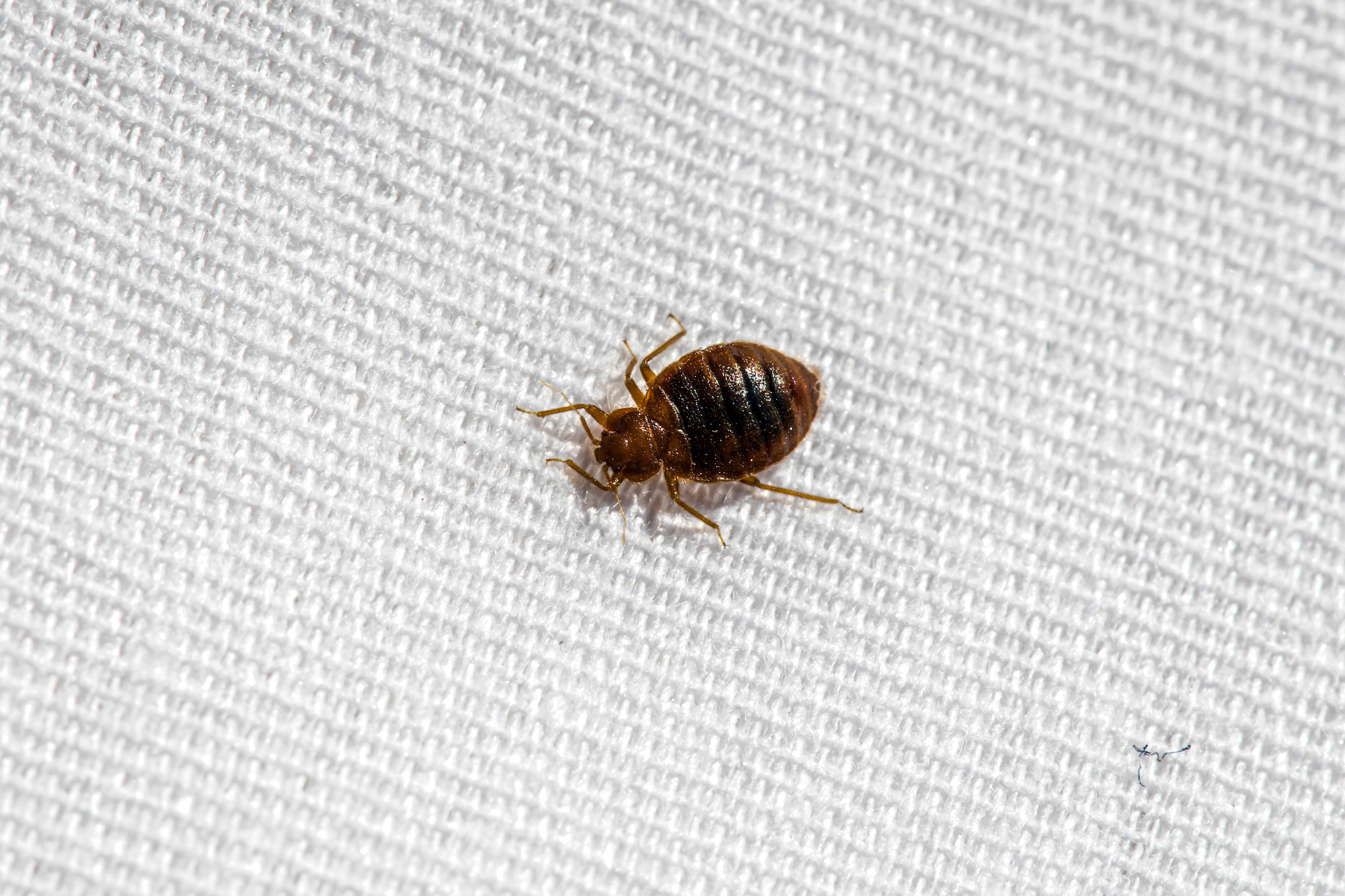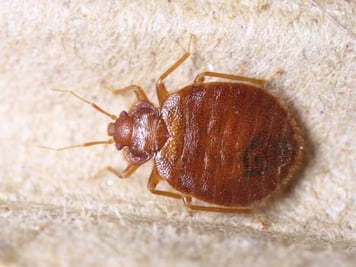Checking Out the Science Behind Bed Bug Warm Treatments as a Sustainable Parasite Administration Strategy
In the world of pest administration, the quest for effective and sustainable remedies continues to be a continuous pursuit. One such approach that has actually obtained traction over the last few years is making use of warm therapies to fight bed insect invasions. By taking advantage of the science behind thermal death points for these persistent bugs, heat treatments provide an encouraging option to typical chemical-based strategies. The ins and outs of just how warmth effectively gets rid of bed pests and the more comprehensive implications for sustainable bug administration practices make this a subject worth checking out further.
Bed Bug Warm Treatment Refine

Thermal Fatality Point for Bed Insects
Subjecting bed pests to raised temperatures beyond their thermal tolerance array is important for achieving reliable obliteration in warmth therapy processes. By getting to and preserving temperatures over the thermal fatality factor for bed bugs, bug management professionals can make sure extensive elimination of bed insect populations, including hard-to-reach locations where chemical therapies may be much less efficient. Comprehending the thermal fatality point for bed insects is important for implementing effective heat therapy strategies and attaining lasting bug management results.
Benefits of Warm Treatments
Having actually established the important thermal fatality factor for bed insects, it is critical to currently discover the significant benefits that warmth treatments offer in properly removing these resistant pests. One of the main advantages is that warm can permeate deep into fractures and gaps where bed insects conceal, making sure that even the most hard-to-reach locations are heated up to dangerous temperatures.
In addition, warm therapies are non-toxic and eco-friendly, making them a lasting bug management approach. Unlike chemical pesticides, warmth treatments do not leave unsafe residues that can position risks to human health or the setting. This aspect is particularly crucial in sensitive settings such as hospitals, institutions, and residential locations where chemical use might not be desirable.
Additionally, warmth treatments have a high success price in eliminating discover this info here bed pest problems in a single therapy, decreasing the need for numerous sees and minimizing disruption to residents. This efficiency not only saves money and time but additionally supplies assurance to those handling bed insect issues.
Performance of Warm Therapy

Warm treatments have actually the included benefit of killing bed bug eggs, which are usually immune to standard chemical treatments. Generally, the effectiveness of warm therapies in removing bed insect infestations makes them a sustainable and reliable insect management technique.
Lasting Bug Management Advantages
Executing sustainable parasite monitoring techniques supplies lasting benefits for both the atmosphere and public health and wellness. By making use of approaches such as warmth treatments for pest control, we can reduce the dependence on dangerous chemical pesticides that can have damaging effects on ecosystems and human health - bed bug heat treatment. Lasting bug administration methods aid in preserving biodiversity by targeting specific pests without hurting non-target organisms, thus preserving a well balanced ecosystem
Moreover, lasting bug monitoring methods add to the total wellness and well-being of the general public. By decreasing exposure to harmful chemicals utilized in traditional parasite control approaches, warmth therapies offer a much safer option for pest administration in household, commercial, and public areas. This reduction in chemical usage likewise helps in protecting against chemical deposits from polluting soil, water, and air, guarding ecological high quality.
Conclusion
To conclude, bed bug warmth treatments have been shown to be a efficient and sustainable other bug administration strategy. The thermal fatality factor for bed bugs makes them vulnerable to heat therapies, which have countless benefits my site over typical chemical therapies. The performance of warm therapies in getting rid of bed pest problems while reducing ecological influence highlights the possibility of this approach as a lasting option for pest control.
The bed pest warmth treatment procedure entails increasing the temperature within ravaged areas to a degree that effectively eliminates bed pests and their eggs. By getting to and preserving temperature levels over the thermal fatality point for bed pests, insect monitoring experts can guarantee extensive removal of bed bug populaces, including hard-to-reach locations where chemical therapies might be less efficient. One of the main advantages is that heat can penetrate deep into splits and gaps where bed insects conceal, making sure that also the most hard-to-reach locations are heated to dangerous temperatures. Unlike chemical treatments that may leave behind immune populaces, warmth therapies supply a eco pleasant and non-toxic option that can penetrate deep right into furnishings, walls, and various other hard-to-reach areas where bed bugs conceal.
The thermal death point for bed bugs makes them prone to warmth treatments, which have countless benefits over standard chemical therapies.